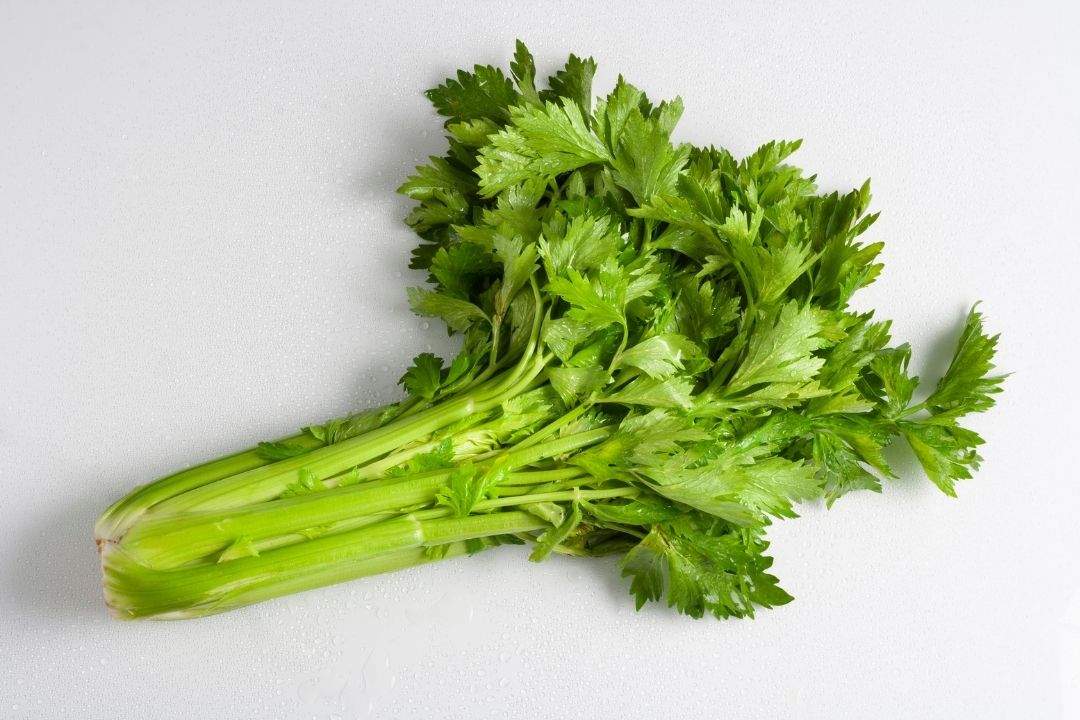
Çeciir, also known as chickpea flour, is a versatile ingredient that has a rich history dating back centuries. Today, it plays a significant role in world cuisine, offering a myriad of benefits for both health-conscious individuals and food enthusiasts. In this comprehensive guide, we will delve into the significance, history, culture, and various types of çeciir. We will also explore its many uses, its flavor, texture, and the technology behind its production. Additionally, we’ll provide some delicious recipes and insights into how this ancient ingredient is shaping the food business today.
Understanding Çeciir – The Name and Significance:
The name “çeciir” finds its roots in the Mediterranean region, where chickpeas have been a dietary staple for centuries. Known by different names such as “çeirir” and “chickpea flour,” this ingredient has played a vital role in the culinary culture of various countries. Its significance lies in its versatile use, as it serves as a staple in many world cuisines, offering a unique flavor and texture to a wide array of dishes.
A Journey Through History and Culture:
The history of çeciir is intertwined with the history of chickpeas. Chickpeas, native to the Middle East, have been cultivated for over 7,000 years, making them one of the oldest crops known to humanity. The cultivation of chickpeas eventually led to the discovery of chickpea flour, or çeciir, as a valuable food source. The Mediterranean, Middle Eastern, and Indian cultures have all embraced this versatile ingredient in their cuisines. Its influence has transcended borders, making it a global culinary favorite.
The Business of Chickpea Flour:
The popularity of çeciir has surged in recent years due to its numerous health benefits, leading to the growth of a thriving business. Its high protein content, gluten-free nature, and versatile application in various dishes have made it a sought-after ingredient in the food industry. From bakeries to restaurants and packaged goods, chickpea flour has found its place on the world’s culinary platform.
Benefits of Çeciir for Health:
Çeciir, being derived from chickpeas, is packed with nutrients and offers a multitude of health benefits. It is an excellent source of plant-based protein, making it a preferred choice for vegetarians and vegans. Additionally, it is gluten-free, making it suitable for those with gluten sensitivities. The flour is also rich in dietary fiber, aiding in digestion and promoting a feeling of fullness. Moreover, çecir is abundant in vitamins and minerals, including folate, iron, magnesium, and zinc. These nutrients play a crucial role in supporting overall health and well-being.
Types and Texture of Çeciir:
There are two primary types of çeciir available in the market: roasted chickpea flour and raw chickpea flour. Roasted chickpea flour, known as “besan” in Indian cuisine, has a nutty and slightly earthy flavor. On the other hand, raw chickpea flour has a milder taste. The texture of çecir varies based on how finely it is ground. Finely ground chickpea flour is ideal for making smooth batters and doughs, while coarsely ground flour adds a delightful texture to dishes.
Exploring the Taste of Çeciir:
The flavor of çeciir is unique and adds a pleasant dimension to dishes. It has a mildly nutty and earthy taste with a hint of sweetness, which enhances the overall taste of the recipes it’s used in. Çeciir can be both savory and sweet, making it a versatile choice for various culinary applications.
Çeciir in Your Dishes:
Çeciir is a versatile ingredient that can be used in a multitude of dishes. Here are some popular recipes where çeciir takes center stage:
- Chickpea Flour Pancakes: These gluten-free pancakes are a delicious breakfast option, rich in protein and fiber.
- Chickpea Flour Pizza: Use chickpea flour to make a healthy and gluten-free pizza crust that’s equally crispy and satisfying.
- Socca: A Mediterranean delight, socca is a savory pancake made with chickpea flour, olive oil, and seasonings.
- Chickpea Flour Fritters: These crispy fritters, known as “bhajis” in Indian cuisine, are a popular snack.
- Chickpea Flour Flatbreads: These flatbreads are a staple in Indian cuisine, used as wraps, and served with various curries.
The Technology Behind Çeciir Production:
The production of chickpea flour has evolved with advancements in technology. Traditional stone grinding methods have been replaced by modern machinery, resulting in a finer and more consistent texture. This ensures that the flour maintains its quality and flavor, meeting the demands of today’s culinary industry.
Insights into the Users of Çeciir:
Çeciir caters to a wide range of users, from home cooks looking to add a healthy twist to their recipes to professional chefs and food manufacturers. Its adaptability makes it a must-have ingredient in any kitchen, and its health benefits continue to draw a growing number of health-conscious consumers.
Conclusion:
Çeciir, the versatile chickpea flour, has a rich history, offers numerous health benefits, and is a significant player in the world of food. Its unique taste and texture make it a valuable ingredient for a wide range of dishes, and its influence on various world cuisines is undeniable. Whether you’re a culinary enthusiast or a health-conscious individual, incorporating çecir into your meals is a flavorful and nutritious choice. As the world continues to explore new horizons in the food business, çeciir is poised to play a central role, offering a blend of tradition, taste, and technology. So, why not embark on your own çecir food journey and experience the wonders of this ancient yet contemporary ingredient?
